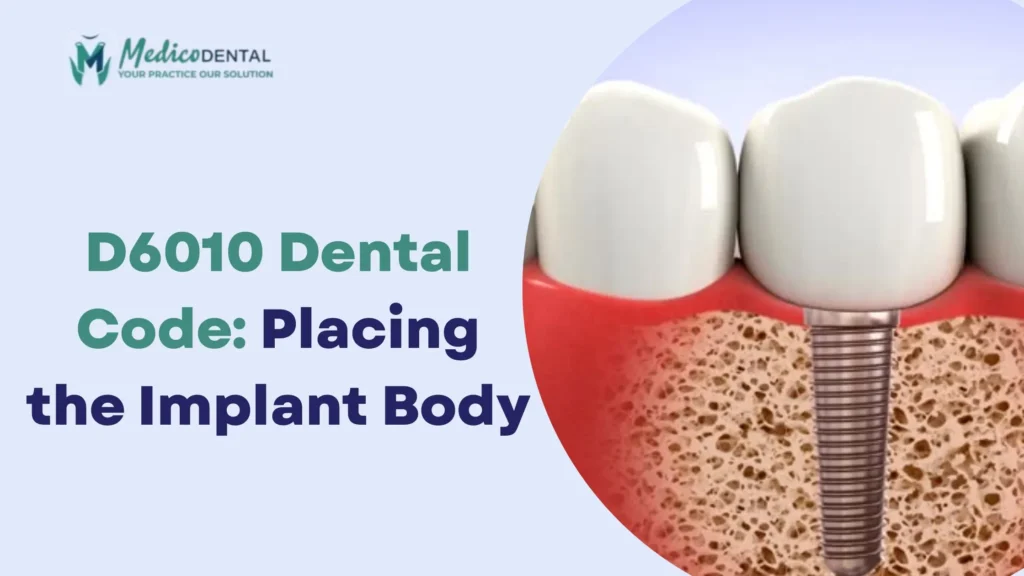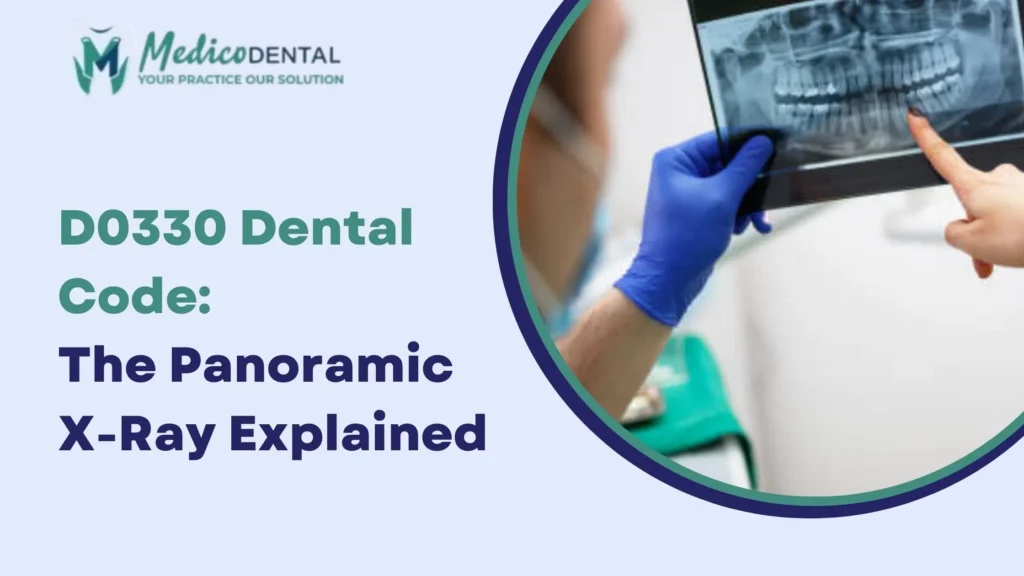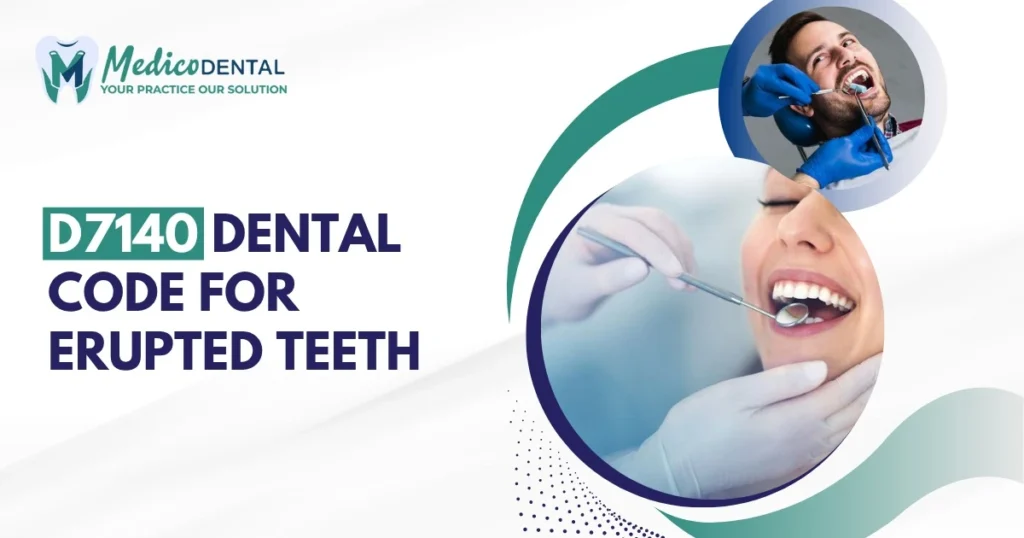D6010 Dental Code refers to the surgical placement of an endosteal implant body, a procedure commonly performed to replace missing teeth with durable, long lasting implants. This code covers the process of inserting the implant into the jawbone, a vital step in restoring both function and aesthetics. While the procedure is highly effective, it is part of a multi step process that may include additional procedures, such as abutment and prosthetic placement, to complete the restoration. Understanding the procedure and associated costs is essential for patients considering dental implants.
What Is D6010 Dental Code?
D6010 Dental Code refers to the surgical placement of an endosteal implant body. This is a common procedure performed by dental professionals to restore lost teeth with the help of implants. The endosteal implant is placed directly into the jawbone, providing a strong foundation for artificial teeth. Over time, the implant fuses with the bone in a process called osseointegration, ensuring long term durability and functionality of the implant.
Overview of Endosteal Implants
An endosteal implant is one of the most common types of dental implants used today. Unlike other implant types, endosteal implants are placed directly into the bone. The implant typically consists of a small titanium post, which is surgically embedded into the jawbone. The body of the implant is shaped like a screw or cylinder, and after the implant is placed, it will gradually fuse with the bone to create a stable foundation for attaching artificial teeth. This type of implant is preferred due to its high success rate and its ability to integrate well with the bone, mimicking the natural tooth root.
The Surgical Placement Procedure
Step 1: Removal of Existing Tooth or Root
The first step in the D6010 procedure is the removal of the existing tooth or root (if there is any). In many cases, a tooth may need to be extracted due to decay, damage, or disease. If the tooth is still intact, your dentist will remove it carefully to prepare the site for the implant. The removal is typically done under local anesthesia to ensure that the patient does not feel any pain during the procedure. Once the tooth is removed, the area is thoroughly cleaned and prepared for the next steps.
Step 2: Preparing the Bone Site for Implant
After the tooth is extracted, the bone site must be prepared for the implant placement. This is a crucial step, as the success of the implant depends on how well it integrates with the bone. The dentist will assess the jawbone’s condition, ensuring there’s enough bone density and volume to support the implant. In some cases, additional procedures like bone grafting may be necessary if the bone is insufficient. The dentist will then use specialized tools to drill a precise hole into the bone where the implant will be placed.
Step 3: Insertion of the Implant
Once the bone site is prepared, the endosteal implant is carefully inserted into the bone. The dentist will place the implant into the hole created during the previous step. This implant is typically made from biocompatible materials like titanium, which are ideal for fusing with bone over time. The implant will be placed at the precise angle to ensure it functions correctly once the restoration (such as a crown or bridge) is added later. The procedure is done under local anesthesia to ensure the patient remains comfortable throughout.
Step 4: Closure of the Surgical Site
Once the implant is in place, the surgical site is closed up. This typically involves stitching the gum tissue back into place to cover the implant and allow the area to heal. The healing period varies depending on the patient’s health and the complexity of the procedure, but it generally takes a few weeks to months for the gums and jawbone to fully heal and integrate with the implant. In some cases, a temporary restoration or healing cap may be placed on the implant during the healing phase.
Key Points: What D6010 Does Not Include
Abutment Placement (D6056)
While D6010 covers the surgical placement of the implant body, it does not include the abutment placement, which is a separate procedure. An abutment is the component that connects the implant to the crown or other restoration. After the implant has fused with the bone and the patient’s gums have healed, a separate procedure called D6056 is used to place the abutment onto the implant. The abutment serves as the link between the implant and the final restoration, and it is typically placed in a follow up procedure a few weeks after the initial implant placement.
Final Prosthetic Restoration (Crown, Bridge, Denture)
Similarly, D6010 does not cover the final prosthetic restoration such as the crown, bridge, or denture that will eventually be placed on top of the implant. Once the implant and abutment are in place and the healing process is complete, the final restoration is made and attached. The final prosthetic is custom designed to match the patient’s natural teeth and is placed in a separate procedure, often coded as D6057 (for crown placement) or another relevant code, depending on the restoration needed. This final step is essential for restoring full functionality and aesthetics to the patient’s smile.
Duration of the Procedure
Typical Time Frame for D6010
The surgical placement of an endosteal implant (D6010) typically takes between 1 to 2 hours per implant. The exact duration may vary depending on several factors, including the complexity of the procedure, the patient’s individual needs, and whether additional procedures, like bone grafting, are required.
If the implant is straightforward, without complications, the surgery may be on the shorter side. However, if bone density is low, or if there are other challenges, the procedure could take a bit longer. Regardless, the procedure is usually performed under local anesthesia to ensure that the patient is comfortable and pain free throughout the process. Patients should plan to spend additional time at the clinic for preparation and post surgery monitoring.
Associated Codes (D6056, D6057)
While D6010 covers the surgical placement of the implant body, it does not include subsequent stages of the dental implant procedure. Once the implant has been placed and has fused with the bone, the next steps involve the placement of the abutment (D6056) and the final prosthetic restoration (D6057).
- D6056 refers to the abutment placement. This component connects the implant to the crown or bridge. After the implant has healed, the abutment is placed to create a stable connection between the implant and the final restoration.
- D6057 pertains to the placement of the crown, bridge, or other prosthetic restoration. Once the abutment is in place, the final restoration is attached, completing the implant process.
These codes are usually billed separately and are part of the overall implant treatment plan, which spans several months to ensure complete healing and integration of the implant. This multi step process for implants contrasts sharply with preventive codes like the D1110 dental code, which only covers routine adult prophylaxis.
Insurance Coverage for D6010
Coverage Variability by Insurance Providers
Insurance coverage for dental implants, including D6010, can vary significantly from one insurance provider to another. Many insurance plans consider dental implants as cosmetic or elective, meaning they may not cover the full cost of the procedure. In some cases, insurance may cover only a portion of the cost, or it may require the patient to meet certain conditions, such as a waiting period or approval of medical necessity.
Additionally, dental insurance plans may have specific exclusions related to implants, as well as limits on how much they will reimburse for each procedure. It is essential to review the terms of your insurance policy carefully to understand your coverage options and potential out of pocket expenses.
Contacting Your Insurance Provider for Details
To get a clear understanding of D6010 coverage, it is highly recommended to contact your insurance provider directly. Speak to an insurance representative who can provide specifics about your plan’s coverage for dental implants, including the associated codes like D6010, D6056, and D6057. They can help clarify what procedures are covered, whether there are any exclusions, and if pre authorization is required before proceeding with the treatment.Understanding the intricacies of implant coverage is just as important as mastering the process of Endodontisty Billing for root canals and other specialized procedures.
It’s also a good idea to ask about coverage limits for implants, as well as any waiting periods, deductibles, and co pays that may apply. Having a thorough understanding of your benefits before starting the procedure can help prevent unexpected costs down the line.
Additional Considerations and Recommendations
Consultation with a Qualified Healthcare Professional
Before proceeding with the D6010 procedure, it’s critical to consult with a qualified healthcare professional, such as an oral surgeon or a dentist with expertise in dental implants. A thorough evaluation is necessary to assess whether you are a good candidate for an implant. Your dentist will review your medical history, perform a physical examination, and may take X rays or scans to evaluate the condition of your jawbone.
If additional procedures, such as bone grafting, are needed to ensure the success of the implant, your healthcare provider will discuss these options with you. A qualified professional can help you understand the risks and benefits of the procedure and guide you through each step, ensuring that you are fully prepared for the surgery and the healing process.
Importance of Understanding the Full Treatment Plan
Dental implant surgery is a multi step process that requires careful planning and patience. The procedure doesn’t end with the D6010 placement of the implant body. It involves several stages, including abutment placement (D6056) and prosthetic restoration (D6057), each of which can take weeks to months to complete due to the necessary healing time.
It’s important to understand the full treatment plan and the timeframes involved. Your dentist will guide you through the process, ensuring that you know what to expect at each stage, including recovery time, follow up appointments, and any necessary adjustments to the implant. Being well informed about the entire treatment journey will help you manage your expectations and contribute to a more successful outcome.
Moreover, understanding the financial aspects of the treatment, including potential costs for each procedure and insurance coverage, can help prevent surprises. Make sure to discuss payment options, financing plans, and any available discounts with your dental provider to make the process as stress free as possible.
Conclusion
Dental Code D6010 plays a crucial role in the process of surgical placement of an endosteal implant. While it covers the surgical procedure of inserting the implant into the jawbone, it’s important to remember that additional codes may be required for subsequent procedures, such as abutment placement and the final prosthetic restoration.
Understanding the steps involved and the insurance coverage variations can help patients and dental professionals navigate the treatment process more effectively. Always consult with a qualified healthcare provider and confirm with your insurance company to ensure all aspects of the treatment are covered and planned for properly.
By recognizing the key components of D6010, patients can make more informed decisions about their dental implant treatment and its associated costs.



